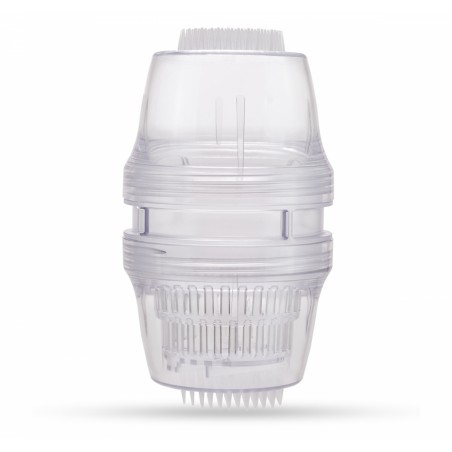- Out of stock








The foulbrood Diagnostic Test Kit enables to test for EFB in honeybee larvae and to obtain the results immediately and easily.
Works like a home pregnancy test kit and reacts specifically to antibodies associated with the pathogen Melissococcus plutonius which causes EFB in honeybees.
STEPS
Note: Whole or part samples can be used, but it is recommended that a whole infected larva be used to obtain the best results.
READING RESULTS
Reading the results A positive result (two lines show up – both Test and Control, see below) indicates that the target pathogen is present in the test sample, that is that the cell sampled contained infection by European Foulbrood.
A negative result (Control line shows up only, no Test line) indicates that the EFB pathogen has not been detected in the test sample.


The foulbrood Diagnostic Test Kit enables to test for EFB in honeybee larvae and to obtain the results immediately and easily.
check_circle
check_circle




